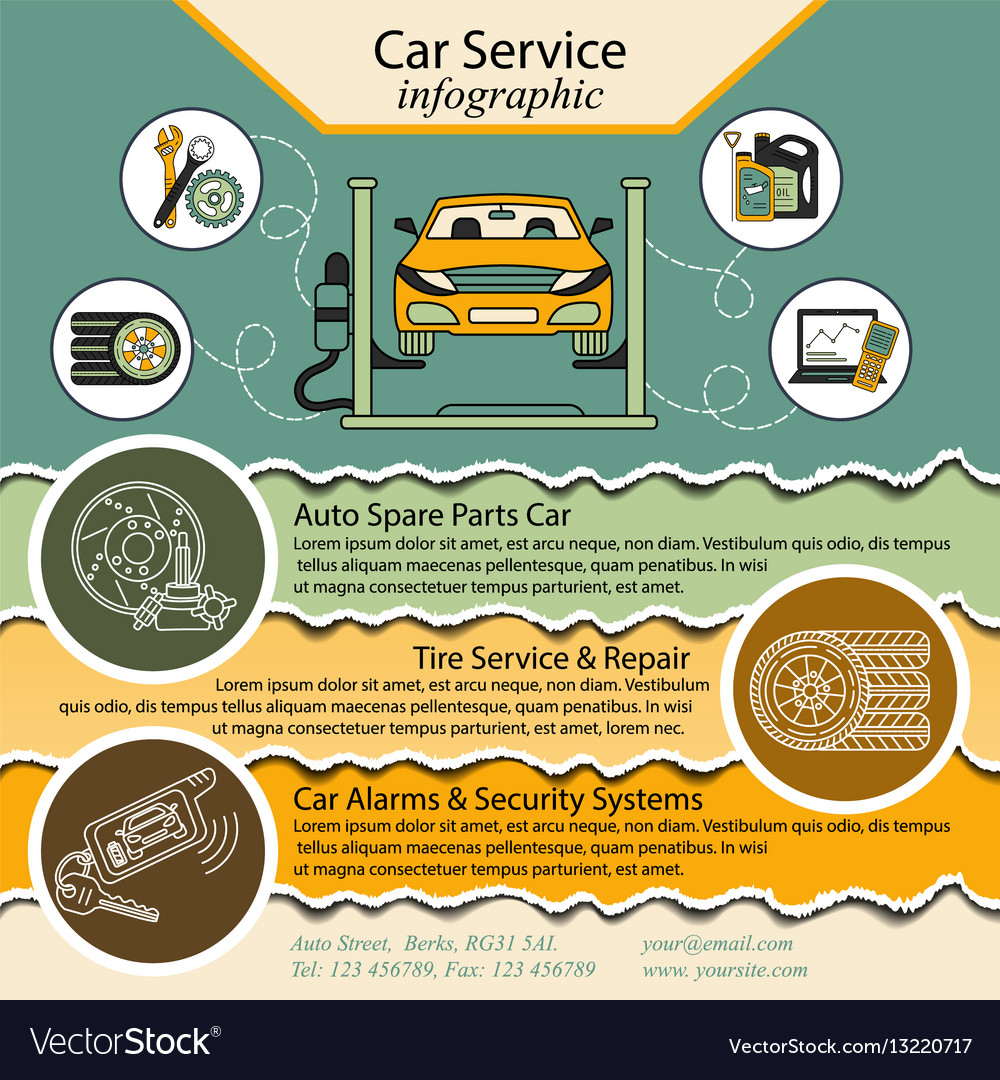Interpreting Your Vehicle'S Alert Lights: Their Real Effects
Interpreting Your Vehicle'S Alert Lights: Their Real Effects
Blog Article
Material Author-Lauritsen Winters
When you're behind the wheel, those beautiful warning lights on your dashboard can be a little bit puzzling. Do you know what they're trying to inform you about your automobile's health and wellness? Comprehending the importance of these lights is vital for your safety and the longevity of your automobile. So, the following time among those lights appears, would not you intend to understand its message properly and take the needed actions to address it?
Common Caution Lights and Interpretations
Recognize typical warning lights in your automobile and understand their definitions to make certain safe driving.
The most normal warning lights consist of the check engine light, which signifies concerns with the engine or discharges system. If https://whatisecutuning26160.blogsuperapp.com/32634789/just-how-can-mobile-car-outlining-transform-your-lorry-treatment-experience-while-making-certain-quality-discover-the-essential-elements-to-think-about-prior-to-selecting-a-detailer begins, it's vital to have your vehicle inspected immediately.
The oil stress cautioning light suggests reduced oil stress, requiring instant interest to stop engine damages.
A flashing battery light could suggest a malfunctioning charging system, possibly leaving you stranded otherwise resolved.
The tire pressure monitoring system (TPMS) light signals you to low tire stress, influencing automobile stability and fuel effectiveness. Ignoring this might lead to dangerous driving conditions.
The abdominal muscle light indicates a problem with the anti-lock braking system, endangering your ability to stop rapidly in emergency situations.
Finally, use this link alerting light warns of engine overheating, which can result in severe damage if not resolved promptly.
Comprehending motorcycle detailing will aid you address issues quickly and preserve risk-free driving problems.
Relevance of Prompt Attention
Understanding the common warning lights in your car is just the initial step; the significance of immediately attending to these warnings can't be emphasized enough to ensure your safety and security when traveling.
When a warning light brightens on your dashboard, it's your vehicle's way of communicating a possible issue that requires focus. Neglecting these cautions can bring about more serious troubles down the road, jeopardizing your safety and possibly costing you a lot more out of commission.
Motivate interest to cautioning lights can protect against break downs and crashes. As an example, a flashing check engine light might indicate a misfire that, if left neglected, might trigger damage to the catalytic converter. Addressing this without delay can save you from an expensive fixing.
Similarly, a brake system warning light could signal reduced brake fluid or worn brake pads, vital elements for your safety and security when driving.
Do It Yourself Troubleshooting Tips
If you see a caution light on your control panel, there are a few DIY repairing ideas you can attempt prior to seeking specialist assistance.
The initial step is to consult your car's handbook to comprehend what the particular warning light indicates. Occasionally the problem can be as basic as a loosened gas cap triggering the check engine light. Tightening up the gas cap may solve the issue.
An additional usual issue is a low battery, which can trigger numerous warning lights. Examining the battery connections for rust and guaranteeing they're safe could deal with the trouble.
If a warning light continues, you can attempt resetting it by detaching the car's battery for a few minutes and afterwards reconnecting it. Additionally, examining simply click the next site , such as oil, coolant, and brake liquid, can help repair cautioning lights associated with these systems.
Final thought
To conclude, recognizing your car's caution lights is crucial for maintaining your vehicle running smoothly and securely. By without delay attending to these alerts and knowing what they indicate, you can stay clear of pricey repairs and prospective failures.
Remember to consult your auto's guidebook for specific details on each advising light and act appropriately to make sure a trouble-free driving experience.
Stay informed, stay secure when traveling!
